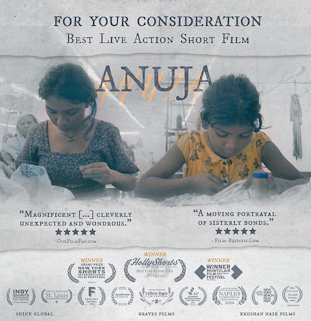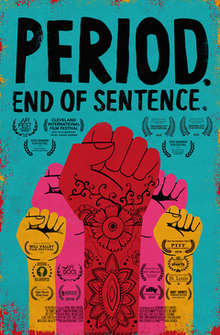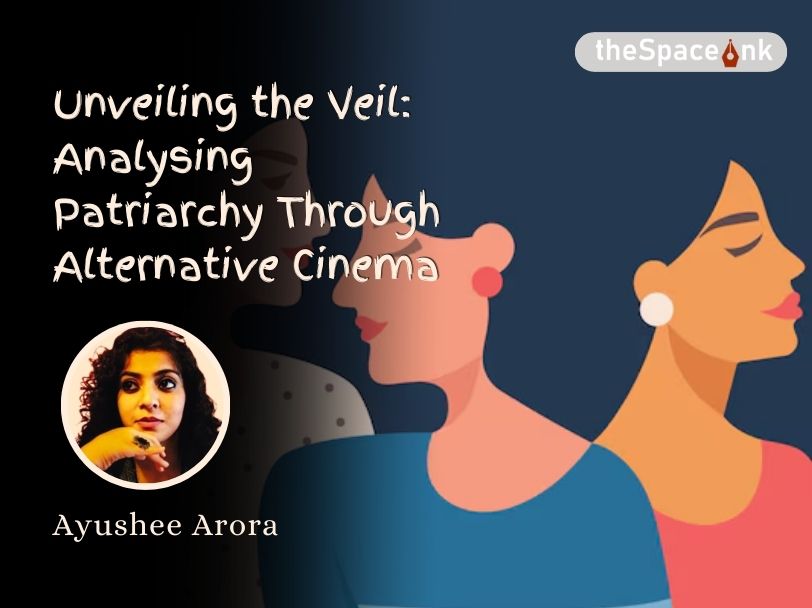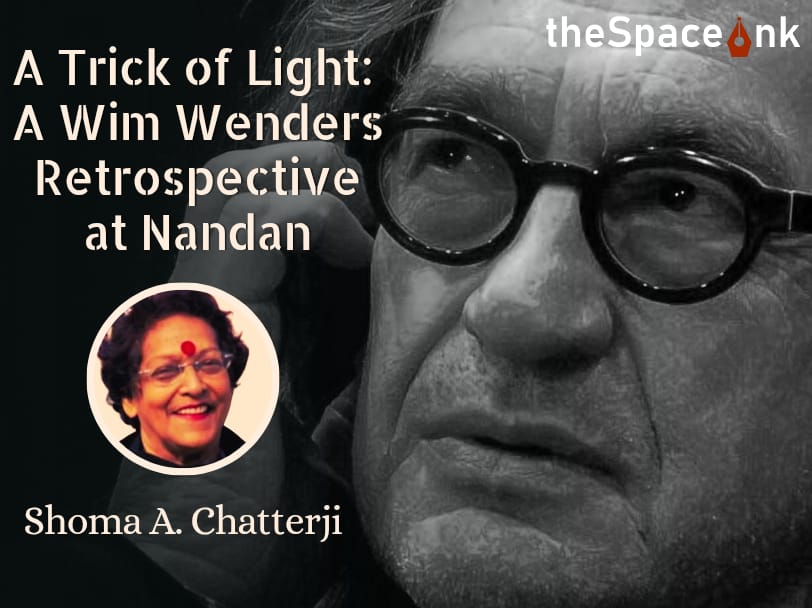The significance of International Women’s Day goes beyond mere celebration; it is a call to action, a reminder of the systemic challenges women have faced and continue to face. While strides have been made toward gender equality, the very existence of a designated day and month dedicated to women’s rights highlights the need for sustained discourse. But why do we need a Women’s Day? Why is it imperative to dedicate an entire month to women’s history? The answer lies in the deeply entrenched patriarchal structures that have shaped societies across the globe. Women’s Day
Documentary films serve as powerful tools in dissecting these structures, exposing the realities that remain obscured by mainstream narratives. The five documentaries under discussion—Love in the Time of Madness, Anuja, Period. End of Sentence, To Kill a Tiger, and Juice—each contribute to the discourse on gender and oppression, offering insight into the multifaceted ways patriarchy manifests in different cultural and social contexts. This article delves into how these documentaries challenge patriarchal ideologies and why their analysis is crucial to understanding the continued necessity of International Women’s Day.
The Need for a Women’s Day: A Historical Perspective
The roots of International Women’s Day trace back to the early 20th century when women across Europe and the United States began organizing for better wages, voting rights, and improved working conditions. The 1911 Triangle Shirtwaist Factory fire in New York, which led to the deaths of over 140 women workers due to poor safety measures, became a stark reminder of the exploitative nature of industrial labour. Women’s Day emerged not just as a celebration but as a response to institutionalized inequality.
Yet, the question persists—why do we still need it today? Despite legislative advancements, the oppression of women remains systemic, woven into cultural, religious, and socio-economic fabrics. Gender-based violence, wage gaps, underrepresentation in leadership, and reproductive rights battles continue to be central issues. By examining these concerns through the lens of documentary cinema, we gain a clearer perspective on why the fight for equality is far from over. women’s day
Cinema as a Mirror: The Power of Documentary and Alternative Storytelling as a Reflection of Real Life
Unlike fictional narratives, documentaries present unfiltered glimpses into reality, urging viewers to engage with truths that are often uncomfortable. The five films chosen for analysis each present a unique angle on gendered oppression, from menstruation stigma to domestic abuse and the silencing of women’s voices.
If these films teach us anything, it is that silence is complicity. Change begins when we choose to see, question, and ultimately, resist.
1. Love in the Time of Madness: Love, Control, and Autonomy
At the heart of Love in the Time of Madness lies the question of agency. When does love become a tool for control? How does patriarchal conditioning warp the idea of romantic relationships? This documentary follows women who navigate love in societies where autonomy is often dictated by familial and societal expectations. women’s day
The film exposes how patriarchal norms define “acceptable” love and relationships. Women are frequently policed—by families, communities, and even legal systems—on whom they can love and marry. Honor killings, forced marriages, and moral policing are symptoms of a broader patriarchal disease that denies women the right to self-determination. women’s day
Also Read: Alice Walker’s The Color Purple: Resilience, Love, and Liberation
2. Anuja: The Burden of Tradition
Anuja delves into generational cycles of oppression, particularly within rigidly structured family systems. The documentary follows a young woman grappling with familial obligations versus personal aspirations. The protagonist’s struggle embodies a universal reality—women are often expected to sacrifice their ambitions for the sake of maintaining family honour.

This film effectively illustrates how patriarchy does not always manifest as overt violence; sometimes, it is the insidious, unspoken expectations that suffocate women. From career choices to marriage decisions, the film lays bare the subtle ways in which women’s lives are pre-scripted. women’s day
3. Period. End of Sentence: Menstruation and the Politics of Shame
Menstruation remains one of the most stigmatized biological processes globally. In many cultures, periods are viewed as impure, leading to social ostracization, limited educational opportunities, and severe health risks due to a lack of sanitary products.

Period. End of Sentence documents the struggle of rural Indian women breaking the silence around menstruation by producing low-cost sanitary pads. The documentary exposes how patriarchal conditioning has led to menstrual taboos that hinder women’s progress. More than just a biological function, menstruation becomes a site of control—determining where women can go, what they can do, and even whom they can interact with.
This film highlights how gendered oppression is often disguised as cultural tradition, reinforcing the necessity of re-examining such customs through an informed and critical lens.
4. To Kill a Tiger: Gender-Based Violence and the Demand for Justice
Gender-based violence is a global epidemic. To Kill a Tiger follows a father’s fight for justice after his teenage daughter is sexually assaulted in rural India. The documentary does not just tell the story of one victim—it sheds light on the larger societal complicity in rape culture.

Patriarchy functions by silencing survivors and shifting blame onto them. Victims are shamed, their families are pressured into silence, and perpetrators are shielded by both cultural norms and legal loopholes. The father’s decision to defy social expectations and fight for his daughter’s justice serves as a powerful act of resistance against a system that often prioritizes the honour of men over the dignity of women.
5. Juice: The Domestic Sphere as a Site of Oppression
While explicit violence and control are easily identifiable as patriarchal, the more subtle mechanisms—those that operate within the walls of a home—are often dismissed as “normal.” Juice is a short film that captures the exhaustion of a middle-class housewife, juxtaposing her laborious domestic duties against the passive comfort of the men in her household.

The protagonist’s simmering frustration reflects the silent suffering of countless women worldwide, whose contributions are overlooked and undervalued. The film starkly exposes how domestic spaces, traditionally considered safe, can be sites of oppression, where women’s labour is expected, demanded, and unappreciated.
Analysing the Patriarchal Narrative
Each of these documentaries offers a distinct yet interconnected critique of patriarchy. Whether it is controlling women’s bodies through menstruation stigma, dictating their romantic choices, silencing survivors of violence, or normalizing unpaid domestic labour, the common thread remains—the subjugation of women for the benefit of a male-dominated order.
By analysing these films together, we see the pervasive nature of patriarchal oppression. It is not confined to a particular culture, religion, or geography—it is a global phenomenon. This reinforces the necessity of International Women’s Day, not just as a symbolic gesture but as a day of reckoning and resistance.
The Path Forward
The fight for gender equality is not about celebrating women once a year; it is about dismantling the structures that necessitate such a day in the first place. These documentaries do more than highlight issues—they call for action, awareness, and systemic change.
As we commemorate International Women’s Day, we must ask ourselves—how can we move beyond token gestures? How can we challenge the norms that perpetuate inequality in our own homes, workplaces, and communities? The answer lies in continued discourse, education, and an unwavering commitment to justice.
If these films teach us anything, it is that silence is complicity. Change begins when we choose to see, question, and ultimately, resist.
Image Courtesy: Wikipedia, Freepik
An Assistant Professor of English and an internationally awarded debater and writer, Ayushee finds her creative conduit in public speaking and writing. Her areas of interest include Cultural Studies, Greek Mythology, Eco-feminism, and Literature of the Subaltern. She rejuvenates by spending time in nature and reading.








